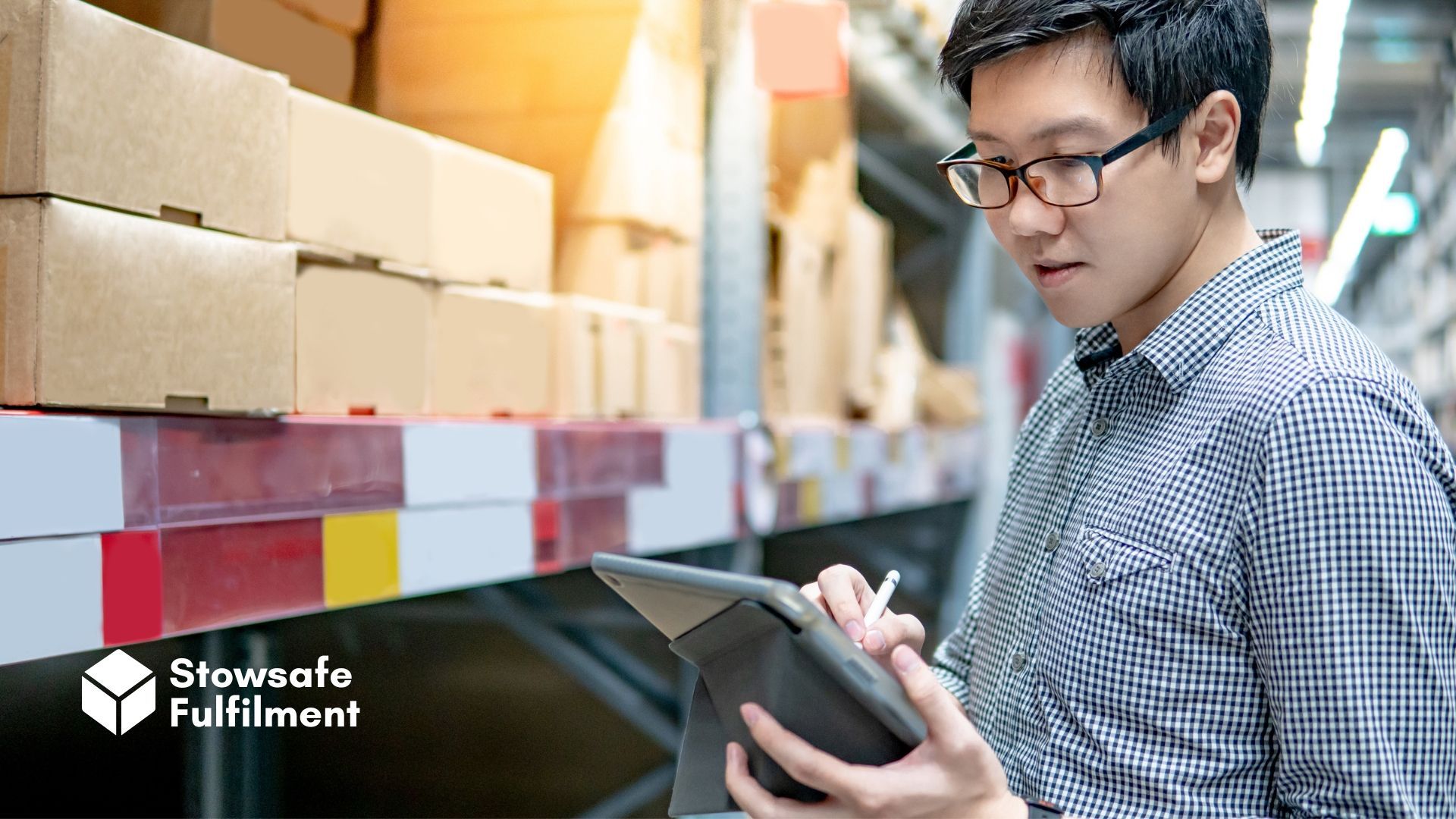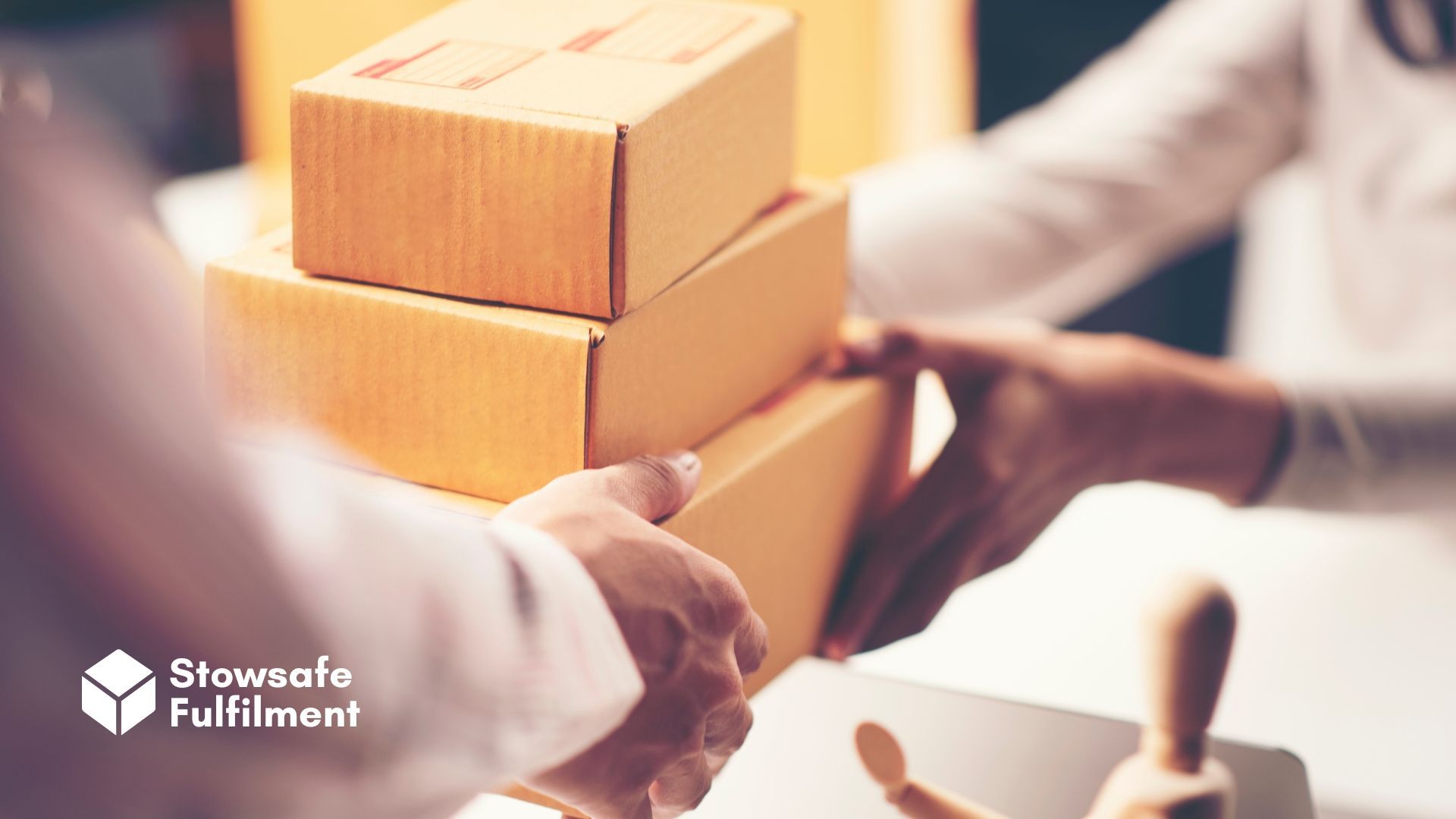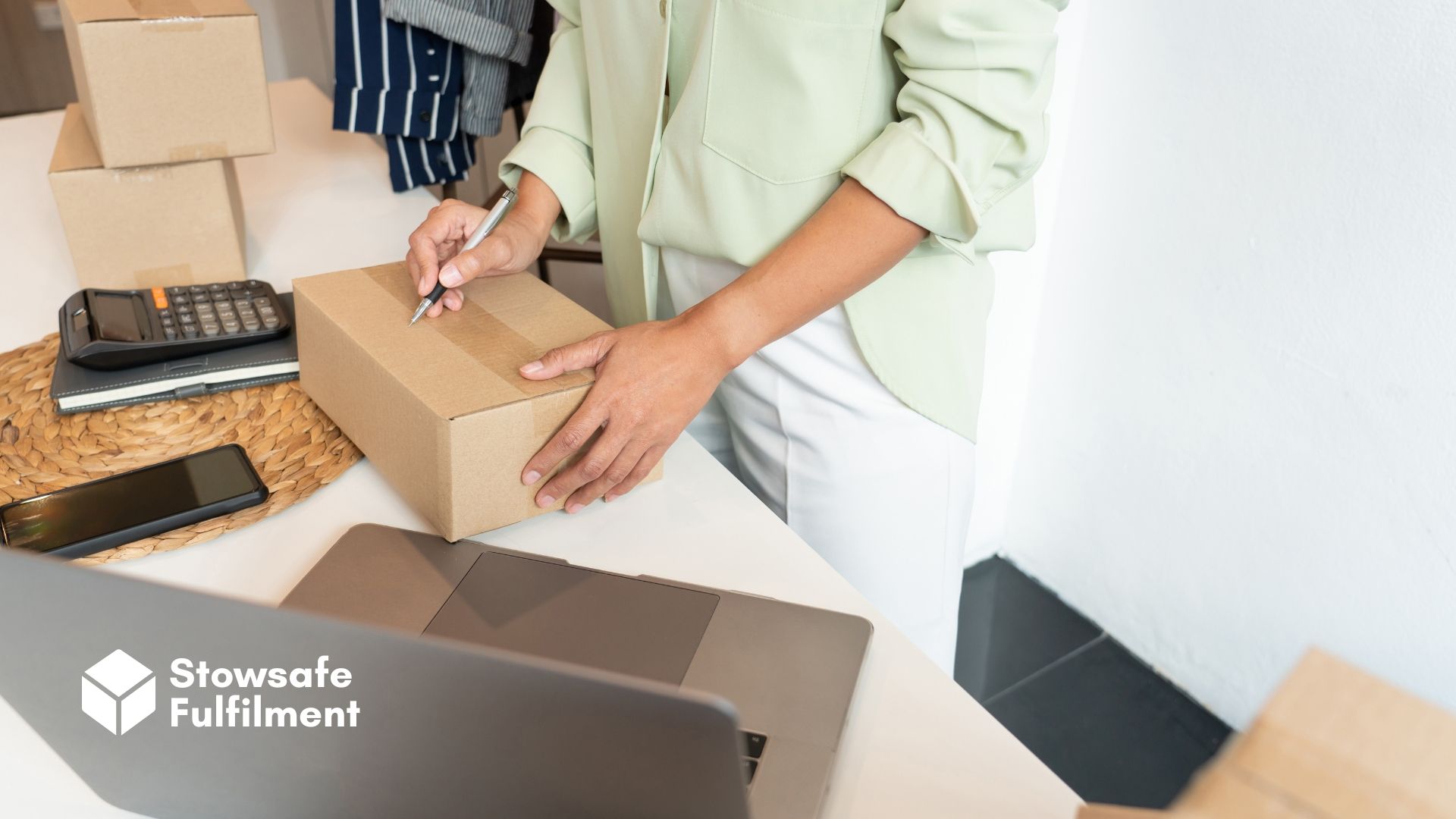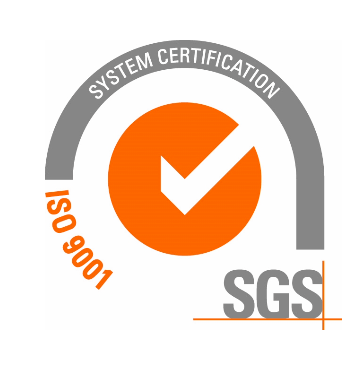Online returns eat into profit margins. Here are 5 ways to reduce customer returns and future-proof your eCommerce business for success.

Managing customer returns can be a major headache for eCommerce businesses, and with the sector experiencing exponential growth, there has never been a more critical time to evaluate your returns strategy.
Free or low-cost delivery and return offerings are now commonplace. But while a generous returns policy may be important for customer satisfaction, many companies are ill-prepared for the unexpected and hard-to-track costs of receiving and processing returns – and find their end profitability suffers as a result.
Not to worry, though. Here are five things to consider that can help reduce the volume of customer returns.
1. Communicate with your customers
It may seem obvious, but product information is a great place to start when looking at ways to minimise the rate of returns.
Aside from damage or a change of heart, most products are returned due to misunderstandings around their true size, colour, function or other qualities – all of which can be easily clarified via the product pages of your website.
Ensure full dimensions are included in a manner that is easy to understand (for example, a sizing chart on clothing, or simply ensuring the measurements are consistent) and where possible, include high-quality images from multiple angles.
Readily available information will instil greater confidence in your potential customer, encouraging them to buy as well as reducing the likelihood that they will return it dissatisfied.
And with this in mind…
2. Adopt a good returns policy
While it may seem counter-intuitive to make it easy to return items, having a clear returns policy helps manage expectations, and fosters trust between your brand and potential customers.
There's also evidence to suggest that a more liberal policy can actually reduce return rates. How? By lessening the sense of urgency and allowing the customer to reconsider whether they want to return it.
Likewise, having a barcoded returns label separate from the shipping label allows for quicker receiving and processing by fulfilment centres. This also means customers can stay updated on the status of their return once it leaves their possession.
3. Make packaging a priority
Despite rigorous checks across the supply chain, products delivered damaged cause major problems for eCommerce businesses.
Close attention should be paid to how the product is packed for shipment, inbound and eventual delivery to the customer. Review how the products will move through the supply chain and identify risks, such as heavy items being stored for long periods stacked on top of one another.
To cut down on transit damages, outbound processing should take advantage of additional packaging where appropriate. Bubble wrap, tape or paper alternatives can be used to further protect fragile products when they form part of a customer order, or as void fill for standardised boxes.
Additional packaging adds extra cost, but it's important to consider the long-term savings your business will enjoy from a reduced rate of returns, replacements, and disposition. Improving packaging at outbound can also flag other causes of damaged deliveries, such as the carriage network. If damaged return rates remain high despite improvements made in the packing and dispatch process, then it might be time to assess how the courier is handling your products – and perhaps take steps to find a new one.
4. Implement best practices for returns management
An effective returns strategy poses an invaluable opportunity to learn from previous mistakes, by utilising customer feedback to develop your products and services.
While in some cases they simply changed their mind about their purchase, asking customers to provide a clear reason for the return will help identify recurring themes which can help drive improvements in products, packaging, and customer experience.
"Wrong item received" can highlight issues with the picking, packing and dispatch process followed by your fulfilment centres, while "damaged" would shift the focus to the packaging or delivery method. Options such as "not as described" point to incorrect or misleading product pages on the website, which is often the key driver in converting browsing customers into buying ones.
For best results, standardise the returns procedure and ensure all colleagues are trained on best practices. Aim to keep records succinct and easy to track by offering customers a concise, controlled list of reasons to select from, and ensure all records are digitalised so data can be easily shared, analysed and retained across departments.
5. Make it sustainable
When developing any strategy, ensure it's scalable so it can keep up as the business grows. The eCommerce industry has boomed in recent years, but to make expansion sustainable, companies must invest in long-term, high-value solutions rather than quick fixes.
If your business involves brick-and-mortar stores, does it have the capacity to support the "buy online, return in-store" model, which most customers have come to expect? Is it able to scale up that capability to cope with high volumes, without compromising the customer experience of a hassle-free, quick return?
Likewise, are your fulfilment centres able to follow best practise in processing returns, organising replacements, and refurbishing stock for resale, in a manner that can be adjusted to suit unpredictable demand?
By considering reverse logistics as part of the process – rather than an inconvenient addition – your company will be far better positioned to manage and react to the challenges of online.
In conclusion…
Although it's daunting to think about, the way you handle customer returns is pivotal to your long-term success.
Start by keeping it simple – it's important to focus on the basics to future-proof your eCommerce model.
As for the long term, making reducing returns a key business objective will benefit your bottom line while leaving customers with a positive image of your brand. The more positive their experience, the more likely they are to become returning customers.
Not sure where to start? Explore whether your chosen fulfilment centre has processes in place that you can take advantage of. Often its expertise is invaluable, and streamlining your processes with theirs will cut down on costs too.
At Stowsafe, we offer 100% bespoke fulfilment services for eCommerce brands. This includes handling returns to your exact specifications.
Learn more about our
fulfilment and returns process.
All Rights Reserved | Stowsafe Fulfilment














